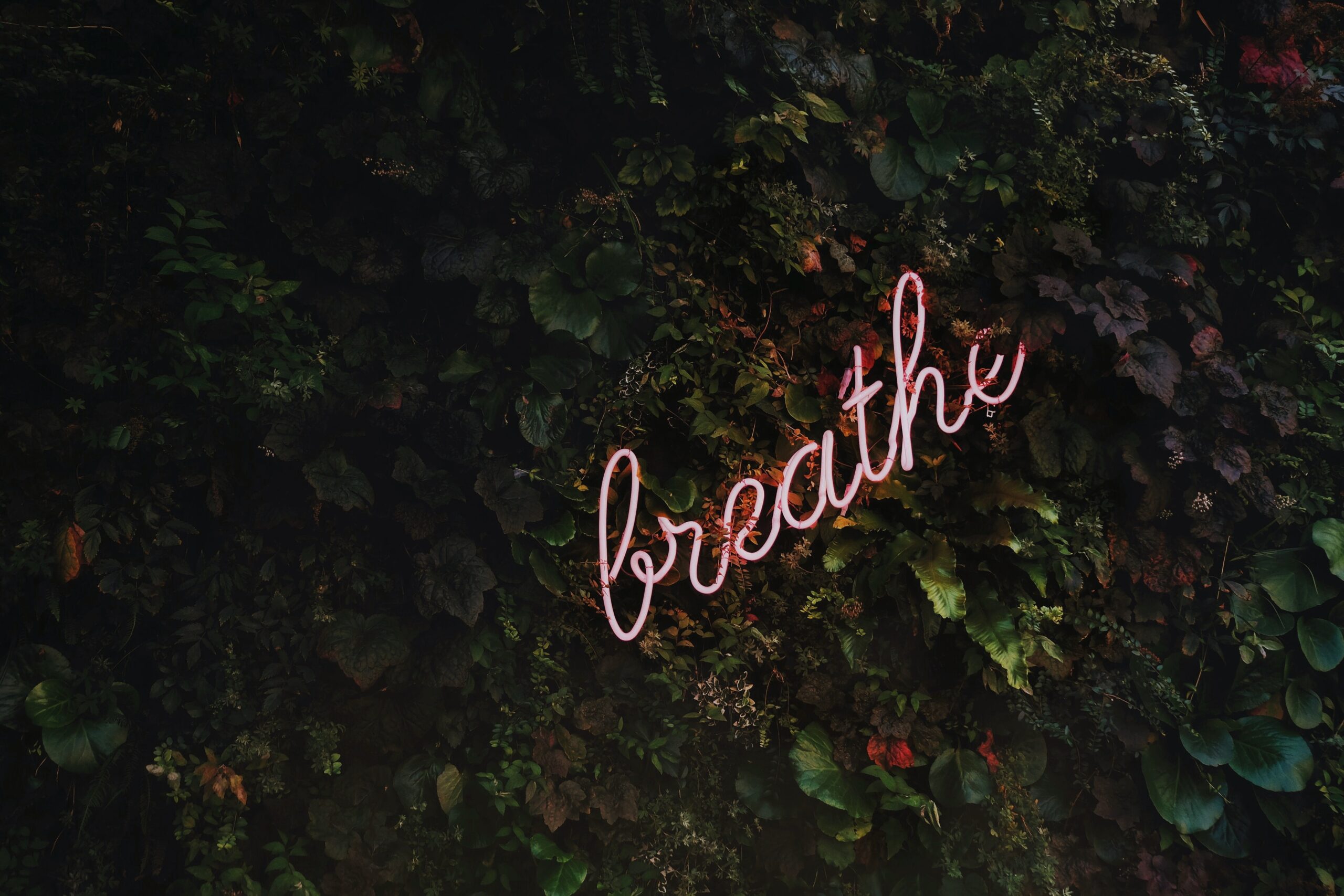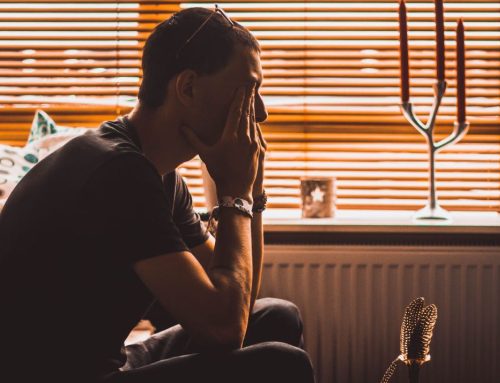Introduction
Heart racing, sweating, feeling dizzy. These are just some of the common symptoms of anxiety, and when it hits, it can feel like you are going through a whirlwind of emotions without a clear way out. However, I am here to tell you that while the symptoms of anxiety can feel uncomfortable, and sometimes scary, there IS a way to help manage those symptoms utilizing Cognitive Behavioral Therapy (also known as CBT)!
What Is CBT?
Cognitive Behavioral Therapy is the relationship between our thoughts, feelings, and actions. CBT follows the Cognitive Model which states that we face a situation (a trigger), then we have automatic thoughts that pop into our head (without our control), and then because of our thoughts we have a reaction, both in our emotions and how we behave. 1Beck Institute[/efn_note]. It is actually the thoughts we have that elicit the reaction, and not the trigger itself, that will cause a response.
Example
Let me break this down more with an example. Let’s say you go to you go to your niece or nephew’s birthday party, and everything is going great until the entertainment walks in: a clown. You think to yourself, “Oh heck no” and begin to sweat. If you’ve had bad experiences with clowns, you’re probably thinking, “I am not safe.” In CBT, it is actually the thought of feeling unsafe, not the clown, that starts up the anxiety.
Now I know you are probably thinking “but the clown being there in the first place is what caused the anxiety!” However, there’s two reason why it is the thought, not the situation that is resulting in this feeling.
The first is, most likely the clown at the party is making balloon animals and pulling scarves from its sleeve and not hurting anyone at the party. Therefore, it is the thought the clown might be harmful, not the clown being there, that is so stressful.
The second is because not everyone would have the same response to seeing the clown. Some take great delight in their entertainment (and some even aren’t phased as clowns in horror movies!). It is your associations and thoughts about the clown that are causing the anxiety.
However, I don’t want you feeling bad at this point or thinking there is something uniquely wrong about your specific anxiety. Everyone has their own unique set of triggers for their anxieties (As a kid I was terrified of squirrels!).
Now how do we use CBT for anxiety? Great question! I would now like to turn to a four-step system to help assess your anxiety based off our very own online-therapy.com’s Emotional Roadmap. 2online-therapy.com[/efn_note]
The Trigger
The first step to CBT for anxiety is to name the trigger. Sometimes that trigger is more clear than others, like with the clown example. Other common concrete examples of fears might include medical procedures, the dark, and weapons. Sometimes, anxiety triggers can be clear but more conceptual. This can include conflict with others, the fear of failure, and death.
Then, sometimes there is a third category of fear triggers: unknown. This is, for example, when a sudden, strong wave of anxiety happens but it is unclear what was it that happened that started the anxiety.
If this third category of “unknown anxiety” happens to you, first, I want you to be kind to yourself and give yourself permission to not be able to name the trigger. Then I want you to ask yourself, “What was I doing? What was I thinking?” and reflect on it. Usually after some time and reflection you can begin to conclude what the trigger may have been. Oftentimes in these cases, an automatic thought we weren’t anticipating popped into our head which made us feel anxious.
What Do You Do?
How did you respond to the trigger? Let’s go back to the clown example. Did you leave or camp out in the bathroom until they were gone? Or perhaps you grinned and rode it out? Maybe you went for a smoke break? Take note of how you respond to when you feel anxious. I would encourage you to do this step whenever anxiety sets in. You can do this for the same trigger multiple times or for different triggers to get more in tune with your anxiety.
Assess
Now comes the part where you begin to look at the trigger and how you responded and start to come to some conclusions about how you feel and what happened. There are many questions which you can use to help facilitate this step. Examples include:
- How do I now feel looking back at what happened?
- What did I do that I would do again? What would I do differently?
- How great did I perceive the threat of ___?
- How much actual threat was ___?
- What were some of my resources in the moment I could have used to feel better?
- Now that I am removed from the situation, how much impact does/did the situation have long-term?
After some reflection on what happened and how you responded to the situation you are ready for the final step: drawing conclusions.
What Conclusions Can You Make?
Now that you are removed from the situation and have assessed the situation and how you felt, now you can begin to draw some conclusions.
- What can you conclude about the situation?
- How big of a threat is the trigger? (Sidenote: there is no right or wrong answer here!)
- How would you want to handle the trigger moving forward?
- Is there a way you can make a game plan for how to approach these situations moving forward?
- How does it feel to start to be in tune with how your thoughts about the trigger affect your response to the trigger?
The key element in using CBT for anxiety is to come to the conclusion of how you will approach this trigger moving forward and shifting your mindset toward the trigger. Even if you feel exactly the same about the trigger for now (example: Clowns are still super creepy!), you can set a plan for how you will approach the trigger
For example: “If I have to encounter a clown, I will practice breathing exercises, and if that doesn’t help, I will take a break.”
Next Steps: Try CBT for Yourself
Great job! You just went through a full, in-depth strategy for utilizing Cognitive Behavioral Therapy for anxiety. I am so proud of you! I just want to remind you that you don’t have to do this journey alone. Anxiety is best treated alongside a professional therapist who can custom tailor strategies for your specific needs and to monitor your progress. Here at online-therapy.com we have many wonderful therapists utilizing CBT strategies and we would love to be there to work with you!
References:
Beck Institute. (2021, August 3). Understanding CBT. Retrieved February 28, 2022, from https://beckinstitute.org/about/intro-to-cbt/
Online-Therapy.com. (2020, June 6). My Emotional Map. Online Therapy That Works – Start Getting Happier Now! Retrieved February 28, 2022, from https://www.online-therapy.com/workbook_question.php?order=98268&id=1685342&pID=139&mID=2189




Leave A Comment